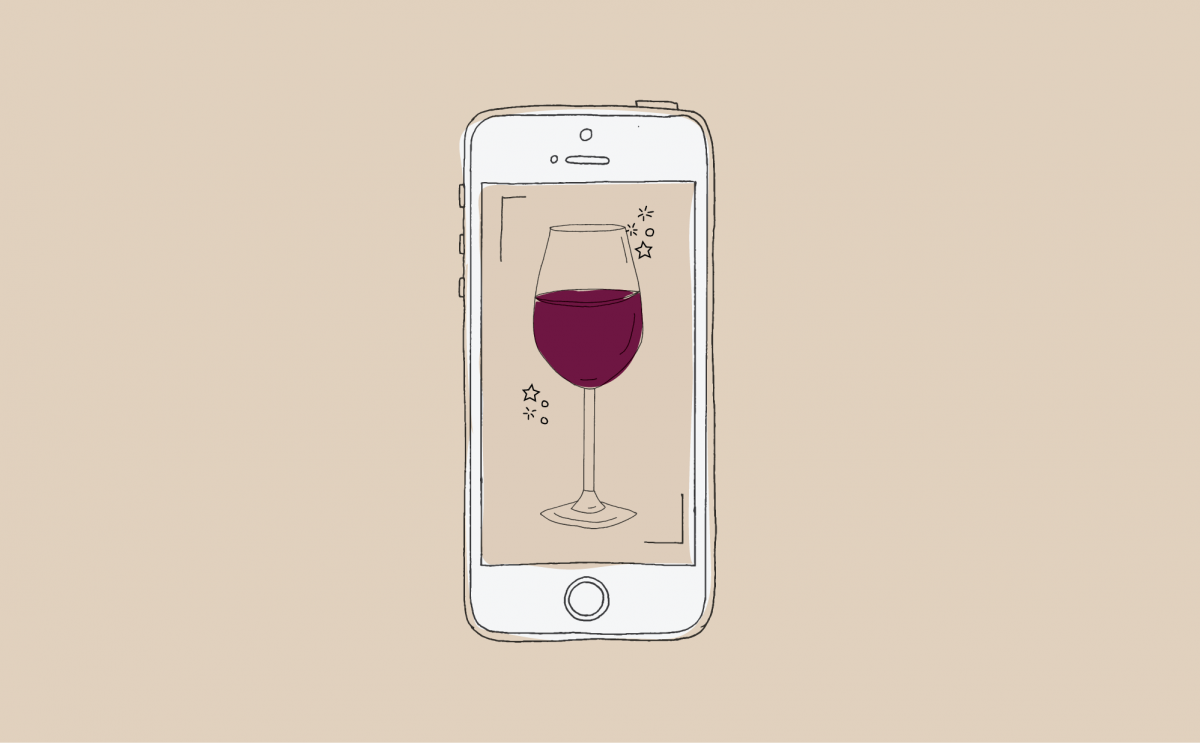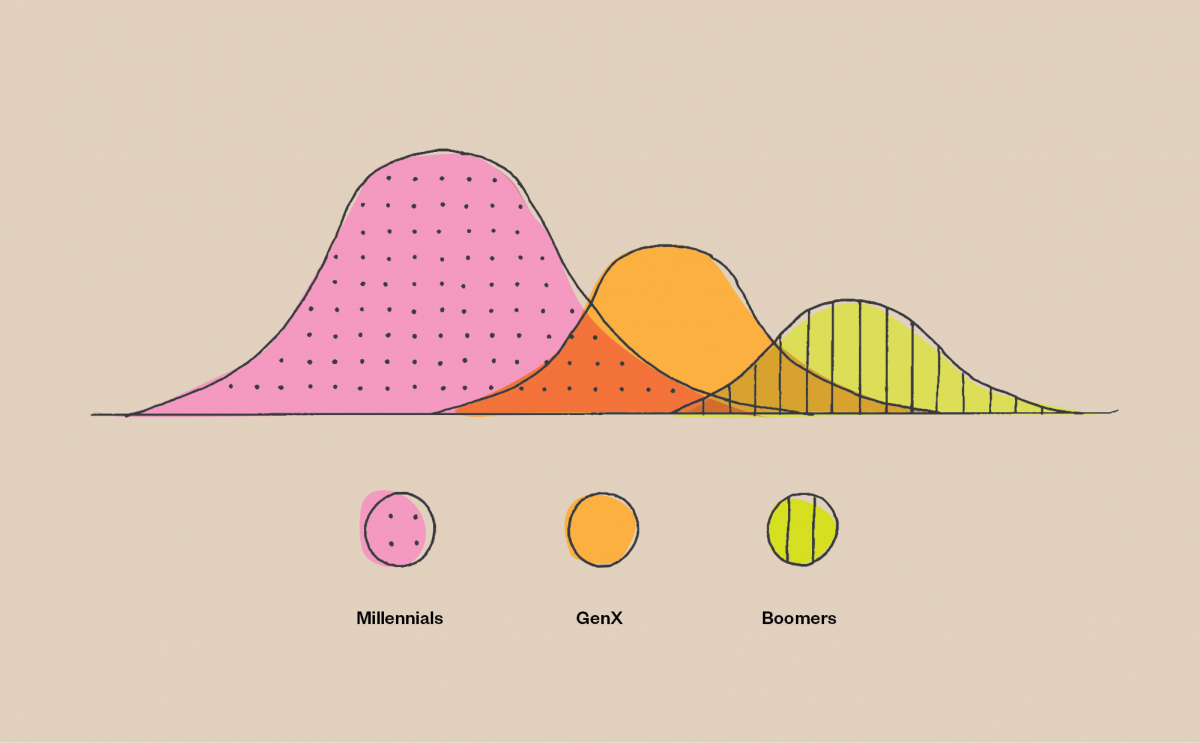Hey Wineries: The Future is Here. Where Are You?
These days nearly half of all wine sold in the US is consumed by people under the age of 39. If millennials make up such a big part of the market, why are so many wineries operating without a plan for how to target them? What’s your plan?
Copied to clipboard

The realization that millennials are not buying as much wine as their parents has lately inspired a kind of collective dread in the wine world. However we believe it should be viewed as an opportunity. In our discussions with wineries we often hear something akin to: “Millenials don’t really buy our wine, so we don’t market to them.” On its face this might make sense, but it’s actually the inverse of the truth: If you don’t market to millennials, they won’t buy your wine.
Why aren't Millennials keeping pace?
There's a myriad of reasons why Millennials aren't buying as much wine, and while they add up to a tidal shift in the industry, they also provide opportunities for wineries willing to innovate for and empathize with what is now the largest generation in America.
- Less Discretionary Income — A myriad of factors including wage stagnation, college debt, and a slowness to settle into careers after the financial crisis have led to a generation with fewer extra dollars to spend than their parents.
- Competition — Craft beer, craft spirits, recreational marijuana, and most recently hard seltzer all compete with wine for Millennials' recreational dollars. While this could be seen as discouraging for wineries, it helps to see what some of these successful brands are doing (and what wineries can learn from them).
- Accessibility — Wine remains largely opaque for most Millennials, with most wineries using highly technical language to describe terroir, methods, and flavor. Millennials simply don't know what to expect with one bottle of wine vs. another, and the industry has done little to alleviate that anxiety.
While these realities represent substantial challenges, grasping them is critical if we're going to be successful in marketing to Millennials.
What makes Millennials different?
With regards to wine, Millennials have different priorities and values than previous generations. We know they are adventurous, and are substantially more willing to try unique varietals than their parents. They are voracious self-educators, and give less credence to ratings and scores, instead favoring recommendations sourced through friends and social media. Organic, Biodynamic, and Natural wines have skyrocketed in popularity, as well as sparkling styles and rosé. Alternative packaging types — such as screw-top bottles, boxed wine, and cans — no longer carry the stigma assigned to them by previous generations. To the contrary, they are now treated as increasingly valid methods of packaging.
Many boutique wineries assume younger drinkers only buy cheap wine, putting their product out of reach. In fact, millennials are increasingly willing to shell out for wine that excites them; in a recent study, millennials were ranked most likely to spend more than $20 on a bottle in a given month. A sizable segment of this generation is refining their palates and investing in the brands that move them — and discarding those that don’t.

Millennials also see design differently. In our experience, one of the biggest challenges for established wineries is adjusting their visual language to speak to the younger generation. The difference in age between Baby Boomers and Millennials can be up to 40 years, and the visual language that one generation grew up with is starkly different than that of the other. Simply put, what one may see as conveying quality and exclusivity to a maturing age demographic may convey boredom, tackiness, or seem cliché to the younger drinker. Even recently designed bottles and websites can fall into this trap if they haven’t been created with an eye toward younger generations. Updating a visual identity can be emotionally uncomfortable and expensive, but there’s a reason why successful brands make regular adjustments to remain relevant.
Millennials also see design differently. In our experience, one of the biggest challenges for established wineries is adjusting their visual language to speak to the younger generation. The difference in age between Baby Boomers and Millennials can be up to 40 years, and the visual language that one generation grew up with is starkly different than that of the other.
So how do we market to them?
Millennials are just as human as any other generation, and underlying their idiosyncrasies is an appetite for unique, true stories about interesting people who take their craft seriously. Moreover, their involvement with — and passion for — brands they care about dwarfs that of previous generations. If they decide you are a brand worth investing in, they will amplify your message beyond what traditional advertising could ever accomplish.
The central trait of Millennials is not that they are upending this tradition or disrupting that industry (although they are leading some large-scale changes happening today), but that they care. They care about who made their wine, how it was made, and how that fits into their values. They want to hear the why behind the what, and to be given opportunities (e.g. social media, events, etc.) to participate with the brand and product. Talk to them. If you want to know what they’re thinking, listen. You may find surprisingly engaged and informed wine drinkers who are ready to become die-hard fans of the right winery.
Some Questions
- What generation am I most comfortable speaking to? (Hint: it’s most likely your own generation.)
- What demographic do we want to reach the most?
- What am I doing to ensure my marketing resonates with the people I’m trying to reach?